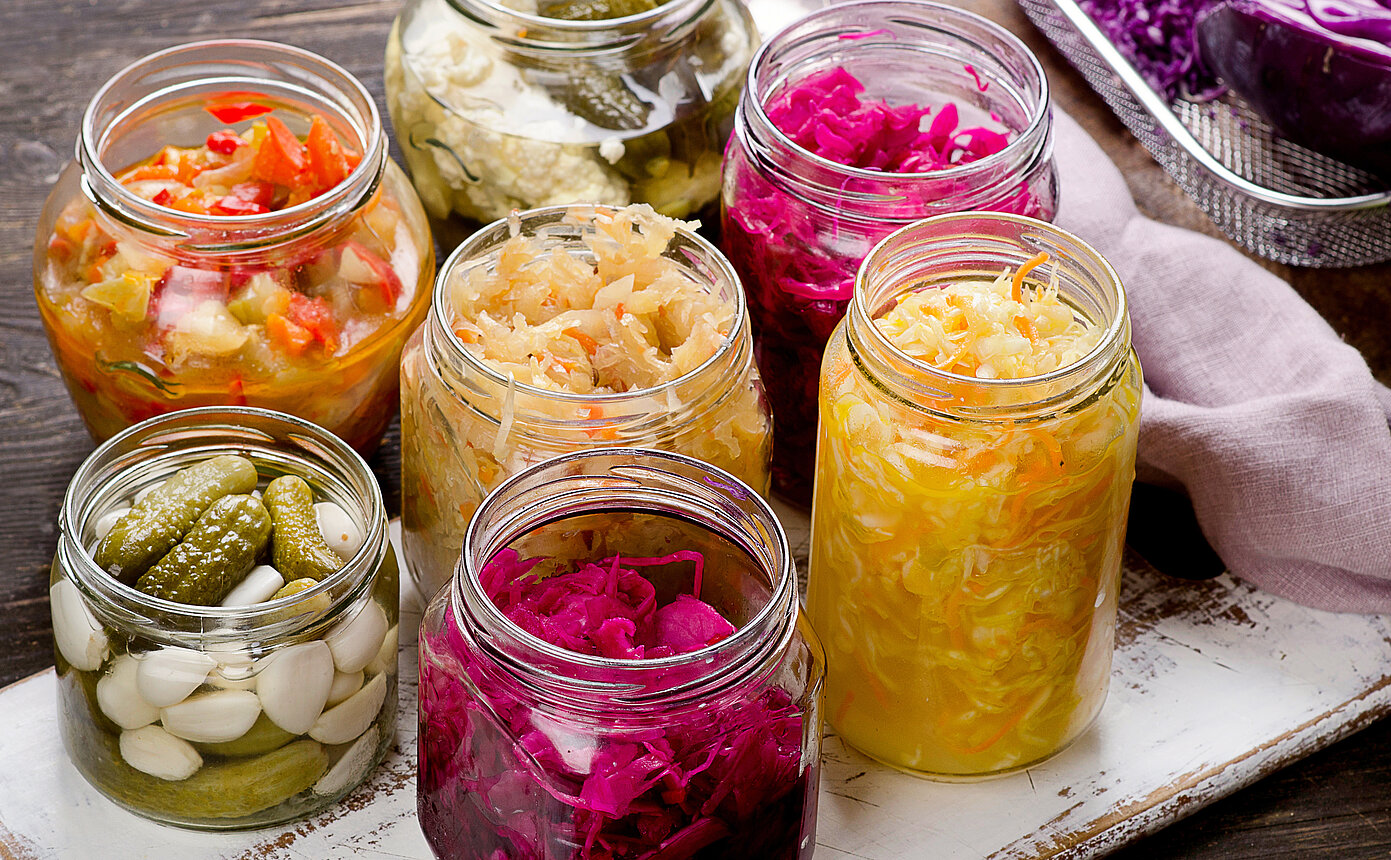Fermented foods are an integral component of the culinary heritage of several communities worldwide. They date back to the ancient times when agriculture first began. Fermentation is one of the oldest food preservation techniques. From Asia to Europe, foods like vegetables, fruits, fish, meat, dairy, and grains have been fermented to create and extract unique flavors.
Global fermented flavors continue to remain an essential part of the gastronomical world. They are a great way to travel with our taste buds. The hot and earthy Harissa sauce reminds us of the African desert. Spicy and tangy Sriracha immediately transports us to a bustling street in Thailand. And the sweet and sour Huli Huli sauce is reminiscent of a Hawaiian barbecue by the beach.
More and more people are starting to embrace the bold and exotic flavors of Asian, Mediterranean, and Middle Eastern fermented foods. For many of us, Asian fermented foods, such as Kimchi, Miso, Kombucha, and Tempeh, have become a staple because they are tasty and healthy. Chefs also generously use smoky, fiery, sweet, and sour fermented sauces or condiments to enhance the umami flavor profile of different cuisines.
Here are three of the top global fermented foods currently dominating the culinary world.
Top Global Fermented Foods
Bagoong
Bagoong is a commonly used fermented food from the Philippines. It’s a thick paste made of salt-cured or fermented anchovies, shrimp, and other fish that's served as a condiment or a seasoning. This fish sauce has a complex and powerful sweet, salty, and umami flavor. It can easily replace salt or soy sauce in savory dishes.
Bagoong is often used to make fish stock. It flavors unique sauces and dressings, and chefs often use it for an extra punch of umami in meat dishes, including pork and beef.
Don't forget to Subscribe to our weekly newsletter here!
Doenjang
Doenjang is a thick, brown Korean soybean paste. It’s made of soybean fermented in brine. It is like miso but is fermented for a longer time, leading to a deep, complex umami flavor.
Doenjang is used as a relish. But it’s increasingly being used to add a burst of umami flavor to savory dishes. Doenjang is also used in light dishes — such as soups, stews, and fish — to improve their flavor profiles.
Garum
Garum is a fermented fish sauce dating back to ancient Greece and Rome. Back then, garum was made from fresh fish entrails layered in huge vats with salt and herbs, which were pressed with a stone to extract the flavor.
Nowadays, garum is made using anchovies. It has a thick texture and tastes like fish sauce. Its subtle flavor works best to bring out the umami in dishes with neutral flavors. It enhances the salty and savory flavors without overpowering the natural taste of dishes. A few drops of garum are a perfect addition to fish and vegetables like tomatoes.
Related: Flavor Trend Highlight: Botanical Boom
Try Some of the Best Fermented Flavors
As more people seek an adventurous palate, chefs and food and beverage manufacturers innovate to identify new and exciting fermented flavors. At Symrise, we believe these top fermented flavors hold the potential to uplift the gastronomical world and challenge taste buds.
We experiment with some of these unique and bold fermented flavors for you. Keeping up with global food and beverage trends, we sell flavors, seasonings, and food ingredients for the food and beverage industry.
To learn more about our products and insights, get in touch with our team at Symrise today, Contact us here!





